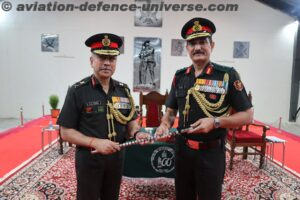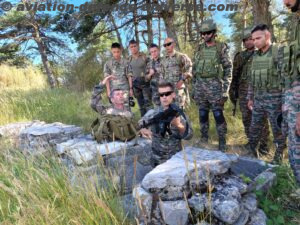By Lt. Gen B S Pawar (Retd.)
New Delhi. 07 November 2019.
Introduction
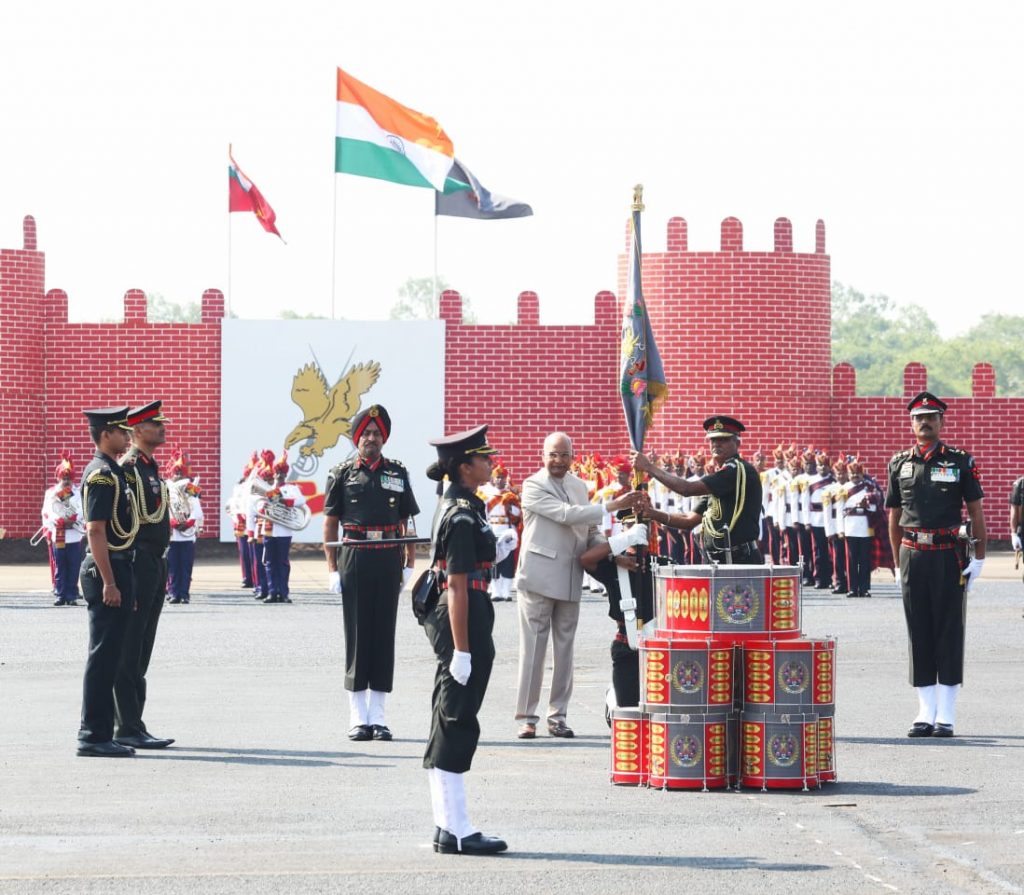
On 1st November this year the fledgling arm of the Indian Army, the Army Aviation Corps (AAC) turned 33 years old. However, even at the end of these 33 years of its birth, the so called ‘Arm of the Future’ of the Army continues to fly the outdated, vintage and accident prone fleet of Cheetah/Chetak helicopters. These helicopters were inducted in the late sixties and are not only no longer fit for flying but continue to fall out of the Sky at regular intervals, resulting in loss of precious lives and equipment. The latest in this sordid saga is the fatal crash of the Cheetah helicopter in September this year while on an operational training sortie in Bhutan, in which both the Pilots died, one being from the Royal Bhutan Army. This will go down as another statistical data in the records of MoD with business as usual, with no urgency being displayed to replace these flying coffins – The Project to replace them with 200 Ka-226T Russian helicopters is stuck on issues of price and technology transfer despite all relevant aspects having been concluded a year back. In these circumstances it goes to the credit of this highly professional arm and its officers and men, who continue to fly these outdated and unsafe machines under the most punishing and difficult environments of terrain and weather, especially in the SIACHEN GLACIER the highest battlefield in the world, thereby keeping the lifeline alive to the soldiers deployed on the Glacier. It is in recognition of this devotion, dedication and service to the Nation that this battle tested Corps was bestowed with the highest military honour on 10th October, with presentation of the ‘Presidents Colours’ at Nasik by the President of India. The ceremony was held and conducted under the aegis of the Combat Army Aviation Training School (CAATS) located at Nasik – 10th October 2019 will indeed go down in the annals of Army Aviation history as a red letter day.
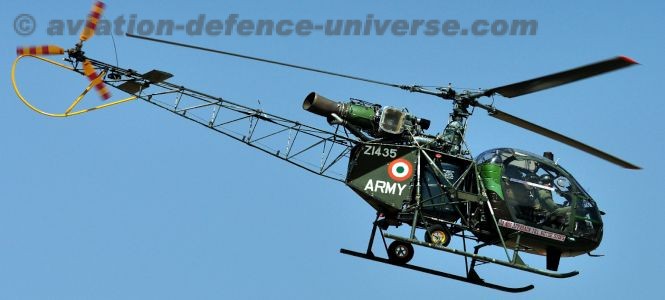
However despite the crucial Cheetah/Chetak replacement programme floundering, the last 33 years has seen the Army Aviation undergo a major transformational and organisational change in terms of structures, equipment profile and employment philosophy, though critical operational voids and gaps remain. The Government clearance for acquisition of six state of art Apache Longbow Attack Helicopters (AH) for the Army (though initially 11 were approved), the induction of the HAL made ALH-Dhruv helicopters in 2002, setting up of Army’s own pilot training establishment CAATS and the creation and implementation of the concept of the ‘Army Aviation Brigades’ are indeed very significant steps towards the growth and modernisation of the Aviation Corps. It is notable that despite initial teething problems of the ALH, the AAC was the first to induct these indigenously developed machines and today has an inventory of approximately 80-90 Dhruv’s – this fleet is expected to grow further in the coming years. On the flip side the Government’s policy on the ownership of AH remains muddled and confused and the Aviation Corps for far too long has been denied its legitimate requirements of Medium and Heavy Lift Helicopters to enhance its tactical lift and special operations capabilities. A realitycheck clearly shows that the growth of this battle winning ‘Arm of the Future’ is nowhere near what was envisioned by the Army in 1963. Today it lacks the requisite firepower, manoeuvre and assault capability in terms of attack and lift helicopters.
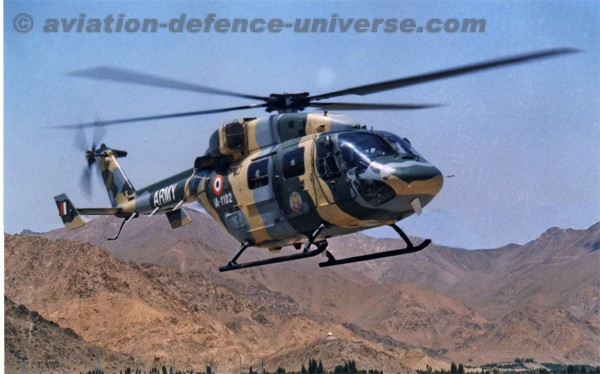
It will be worthwhile to point out that both our adversaries China and Pakistan have a very potent and effective air arm in their respective armies. The Pakistan Army Aviation has in its inventory the likes of Mi-17 and Chinook helicopters in the medium/ heavy lift category and the MI-25/MI-35 and Huey Cobras in the armed/ attack helicopters category. The latest reports indicate that Pakistan has signed a contract with Turkey for the acquisition of 30 x T129 ATAK state of art attack helicopters being manufactured indigenously in Turkey, under licence from Italy’s Augusta Westland – the A129 ATAK is based on Augusta Westland’s A129 Mangusta attack helicopter model and is already in service with the Turkish Military. This certainly leaves one wondering why the 1.3 million strong Indian Army, the third largest in the world is still fighting turf battles and justifying its requirement to suitably equip and arm its air arm, in order to exploit its full potential in future conflicts.
Present Status
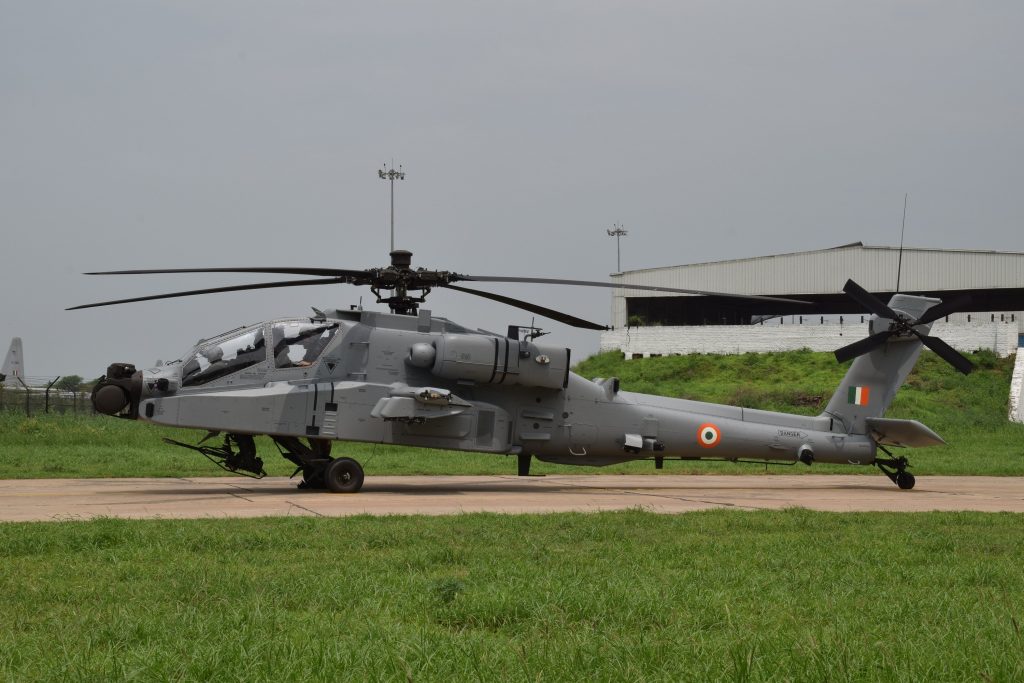
Presently the Army has in its inventory 300 plus helicopters, majority being the light observation class (Cheetah and Chetak). These helicopters are obsolete and have been in service for more than 40 years. Keeping this fleet operational itself is becoming well-nigh impossible due to its vintage and spares non availability/criticality, a fact accepted and corroborated by both HAL and the Army. The ‘Cheetal’ helicopter (upgraded Cheetah) fielded by HAL as an interim measure is not a satisfactory solution for the long term, as the basic technology remains old and outdated – it basically has a more powerful engine with an upgraded gearbox to absorb the additional power, but the airframe and numerous other features remain the same.
In the light utility category, while the induction of the ALH/Dhruv is making steady progress as brought out earlier, there are serious serviceability and maintenance issues which need to be addressed by the HAL on priority to ensure optimal utilisation of this fleet, especially in high altitudes. The recent ALH accident in Poonch Sector of J&K with the Northern Army Boss on board, due to a likely technical snag, bears testimony to this crucial factor. The heavy and medium lift helicopters which form the core of the Army’s tactical lift capability and bulk of attack helicopters remain with the Air force – their optimum operational employment is not possible in the present set up. It is ironic that even the Armed Police Forces like the Border Security Force have a full fledged air arm which has in its inventory the latest version of the Mi-17V5 helicopters.
Future Perspective
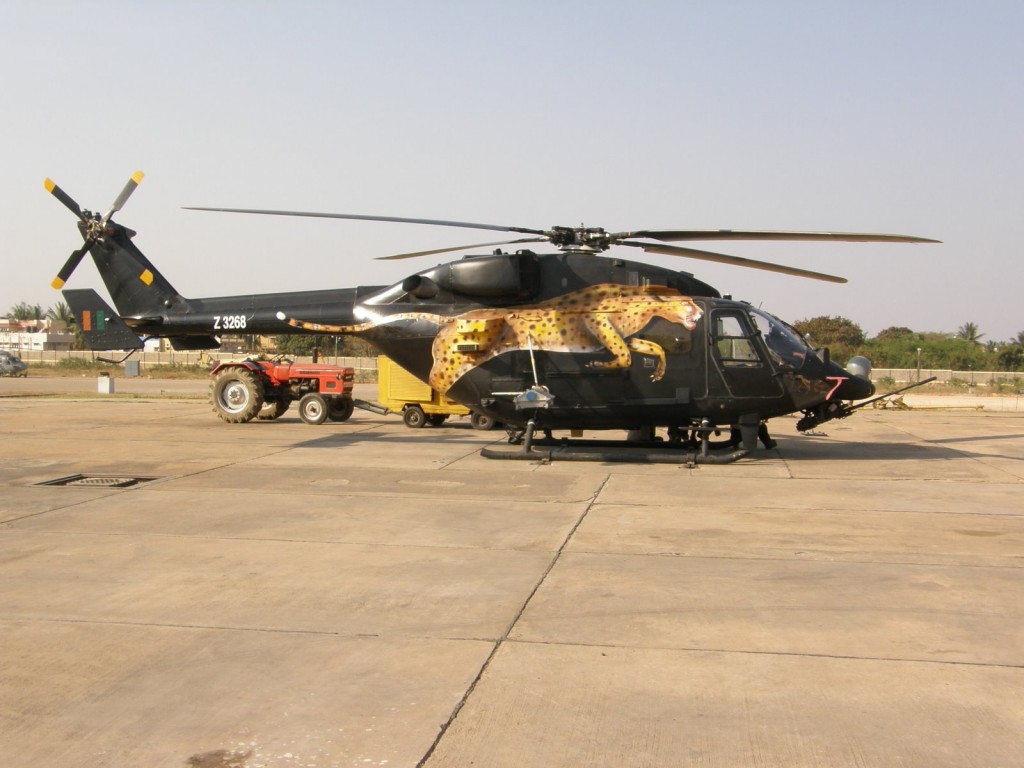
The Government’s decision to go in for the induction of 200 Russian Ka-226T helicopters in a Government to Government agreement in 2014 was indeed a welcome step and move in the right direction. However, the progress on this crucial project has been tardy to say the least. Even four years after the agreement between the two Governments at the level of President Putin and Prime Minister Modi, the contract has still not been signed. HAL is the nodal agency along with Russian Helicopters for this project and as per the agreement, 60 helicopters will be delivered in a fly away condition while the balance 140 will be manufactured in India at HALs new facility at Tumkur, Karnataka. The contract was to be signed last year, but there seems to have been no progress on the same to date, highlighting India’s lethargic approach to the defence equipment acquisition process, even when it is operationally critical. Simultaneously, HAL has also undertaken the development and manufacture of a three ton class light utility helicopter (LUH). This is to cater to the light reconnaissance & observation class of helicopters for all three services. As per HAL the LUH is expected to complete flight certification and go into production soon. The plans are to manufacture 184 LUH in the new helicopter complex in Tumkur. Overall there is requirement of almost 500 helicopters of the light observation class, with Army’s requirement amounting to approximately 280-300, which includes the replacement of Chetak/Cheetah.
In the utility/lift category 80 indigenously manufactured ALH have been inducted and operationalised and another 60-70 are planned for induction in the coming decade -these helicopters will provide tactical lift capability at the level of Corps.
Another variant of the ALH is the armed version called the ‘Rudra’, which was officially handed over to the army during the Aero India show in Feb 2013 – three units are already operational and another under raising. Rudra is a typical armed helicopter with an array of weapon systems including gun, rockets, air to air missiles (French Mistral) and air to ground missiles, along with a modern sighting system and integrated electronic warfare self – protection suite. However, in its present configuration it has not been integrated with a suitable ATGM, as the air version of Nag ATGM ’Helina’, being developed by the Defence Research and Development Organisation (DRDO) is not yet ready. The non availability of a suitable airborne ATGM will not only impact the operational capability of the Rudra but also the Light Combat Helicopter (LCH) project of HAL. The ATGM is the main weapon system of an armed/attack helicopter and without it the helicopter merely remains a gunship, inhibiting the exploitation of its full potential. This is an area of grave concern and needs to be addressed on priority by all stake holders concerned – all previous efforts to acquire a suitable ATGM ex import have come to a naught and DRDO has been grappling with this project for the last two decades with no concrete results to show even today.
The army is also looking to acquire a suitable helicopter in the 10-12 ton class with stealth features for its Special Operations Units, as well as enhancing its overall tactical lift capability. The HAL has been looking at the feasibility of a joint venture with a foreign vendor for a 10-12 ton class multirole helicopter whose variants would also be available to the Navy and Air force. Barring the mock-up shown in Aero India-2017 there is no progress in sight.
With the decision of the MoD on the ownership issue of attack helicopters in Army’s favour in 2012, the Army had projected its own requirements of attack helicopters – 39 Apache Mk III for its Strike Corps. While initially 11 Apaches were cleared by the Government for the Army, based on the tactical and operational requirements of an attack helicopter unit, its recent decision to cut this down to only six Apache’s has left many military aviation professionals baffled – the employment philosophy of attack helicopters does not justify such numbers, though on the positive side this will give the Aviation Corps the requisite experience to operate and maintain these state of art machines. While there is no doubt that the 22 Apaches being inducted into the Air force will also be operationally available to the Army during conflict, the Government needs to address and clarify the ownership issue at the earliest – Eight Apaches have already been inducted into the Air force. The Army Aviation will get its Apaches after the 22 have been delivered to the Air force.
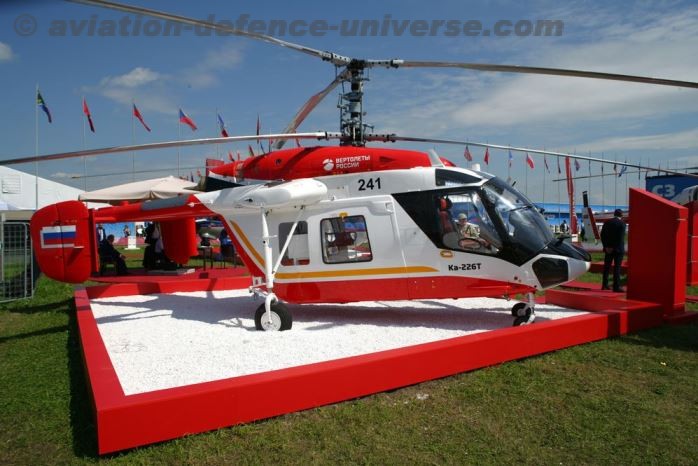
The development of the LCH by HAL is indeed a landmark achievement, for the LCH is a state of art attack helicopter, with capability to operate at high altitudes (16000 feet) and would meet the unique requirements of the Indian Army in the mountains. The LCH uses the technology of the existing ALH and its configurations except that the fuselage is suitably modified and streamlined for tandem seating. Four prototypes of the LCH have completed pre -induction trials and in Jan this year HAL declared that the LCH is ready for operational induction after completing all weapon integration tests. The Defence Acquisition Council (DAC) has already cleared the limited series production (LSP) of 15 LCH, ten for the air force and five for the army respectively. The LCH is a multirole combat helicopter with the unique and distinct capability to operate at high altitudes –an advantage over other attack helicopters in the world today.
Conclusion
While the AAC has seen significant capability development in the recent past the biggest challenge remains the earliest replacement of the obsolete Cheetah/Chetak fleet. Any further delay will severely impact on the national security. The Government also needs to remove the ambiguity on the serious issue of ownership of attack helicopters to enable clarity in command and control and their effective employment in battle. To make the army aviation a potent force capable of supporting operations across the entire spectrum of conflict in the ‘Tactical Battle Area’ it should have in its inventory attack and armed helicopters, heavy, medium and light utility helicopters for mobility and logistics and light observation helicopters. There also would be a need for specialized helicopters suitably modified for special operations. With these crucial assets as part of its inventory the Army Aviation will truly evolve as a potent arm of the Indian Army, whereby its combat potential is enhanced to the maximum.





































